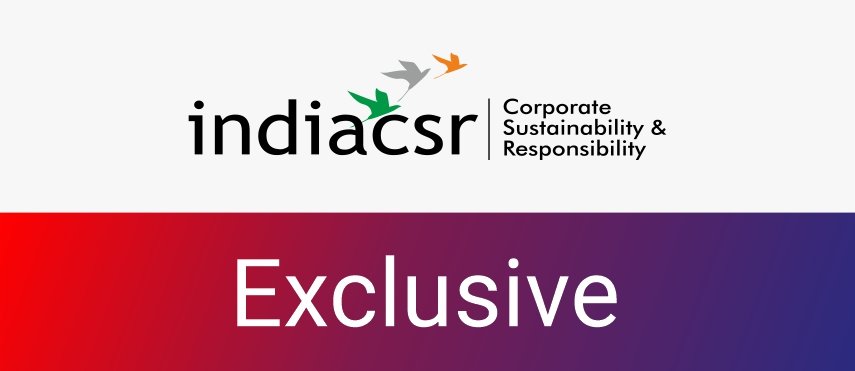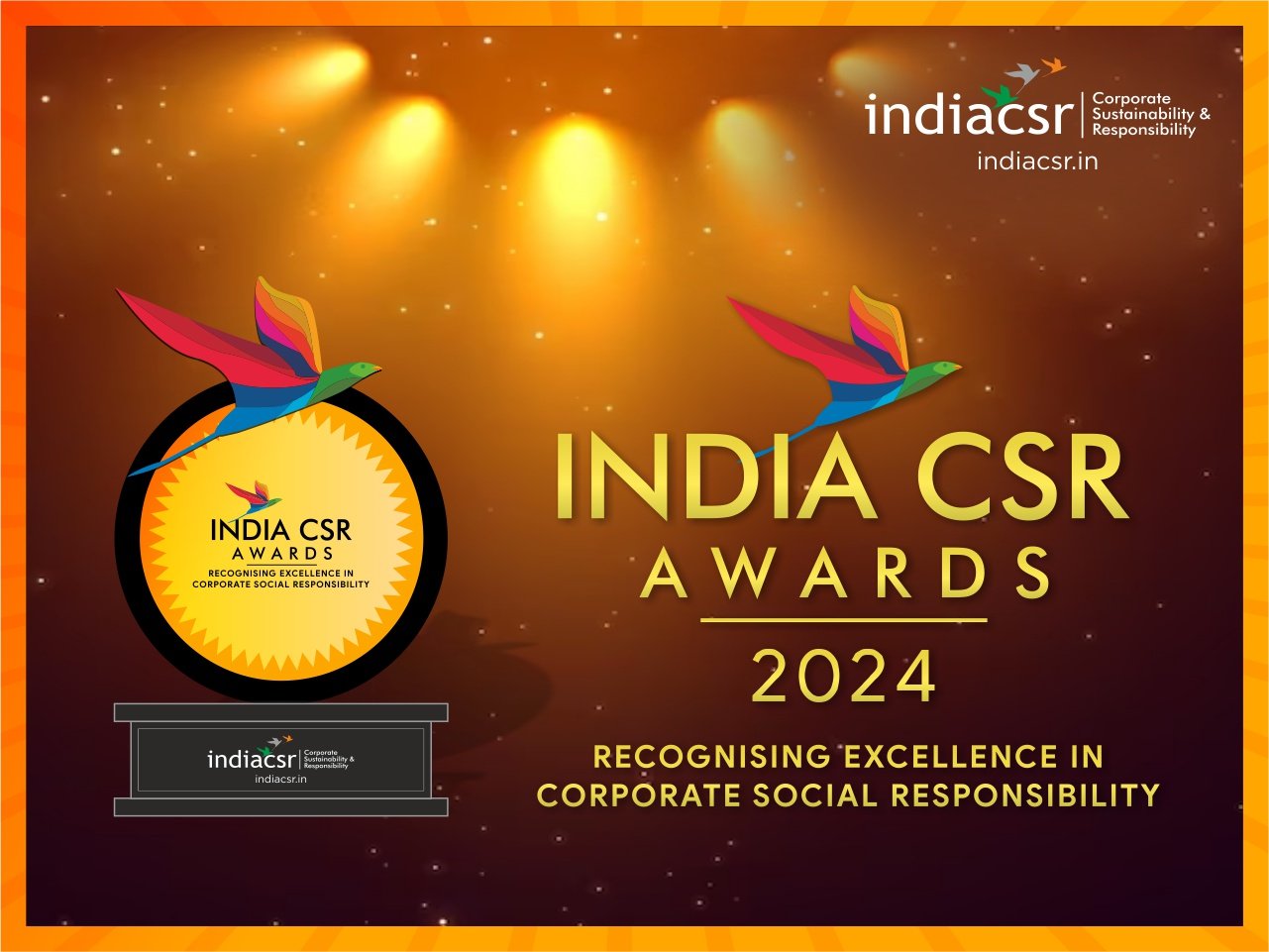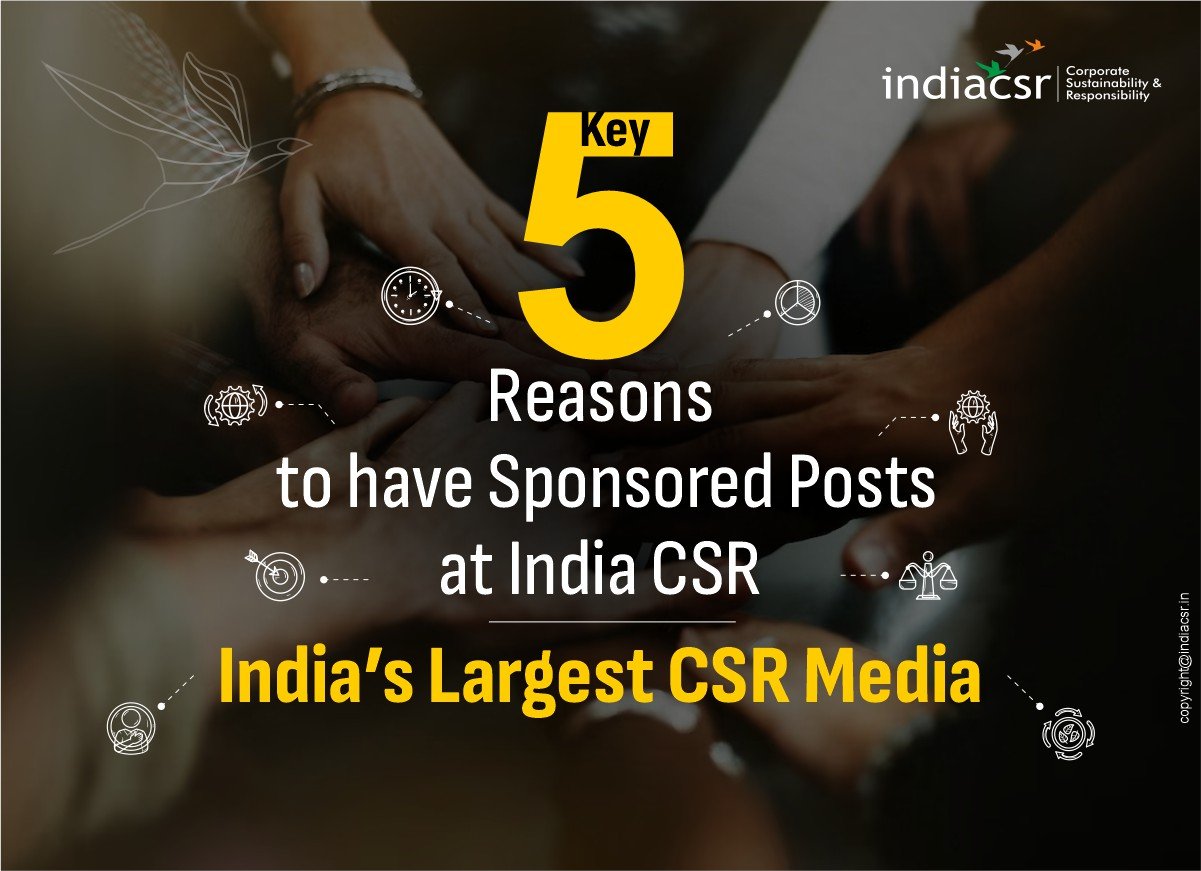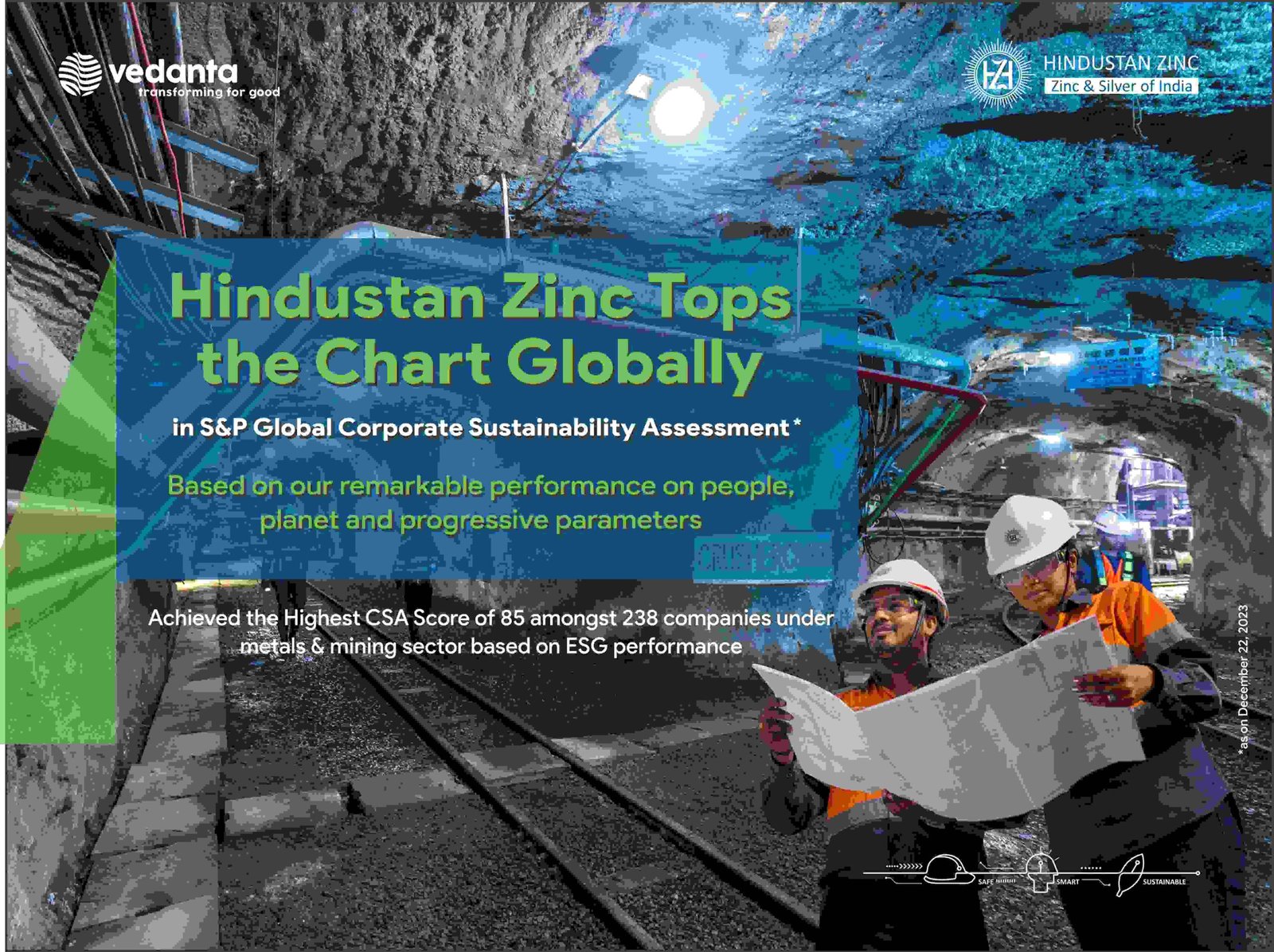2013 Gap Report Strengthens Case for Wide-Ranging Global Action to Close Emissions Gap
For Full Report (PDF), please write to editor@indiacsrnetwork.com providing Name, Designation, Email, Mobile No, Postal Address with Phone number and Pin.
INDIA CSR News Network
BERLIN/Nairobi: Should the global community not immediately embark on wide-ranging actions to narrow the greenhouse gas emissions gap, the chance of remaining on the least-cost path to keeping global temperature rise below 2°C this century will swiftly diminish and open the door to a host of challenges.
 The Emissions Gap Report 2013-involving 44 scientific groups in 17 countries and coordinated by the UN Environment Programme (UNEP)-is released as leaders prepare to meet for the latest Climate Change Conference of the Parties in Warsaw.
The Emissions Gap Report 2013-involving 44 scientific groups in 17 countries and coordinated by the UN Environment Programme (UNEP)-is released as leaders prepare to meet for the latest Climate Change Conference of the Parties in Warsaw.
It finds that although pathways exist that could reach the 2oC target with higher emissions, not narrowing the gap will exacerbate mitigation challenges after 2020.
Complimentary Copy of Monthly Magazine ‘CSR & COMPETITIVENESS’ is Available for the Readers
This will mean much higher rates of global emission reductions in the medium term; greater lock-in of carbon-intensive infrastructure; greater dependence on often unproven technologies in the medium term; greater costs of mitigation in the medium and long term; and greater risks of failing to meet the 2° C target.
Even if nations meet their current climate pledges, greenhouse gas emissions in 2020 are likely to be 8 to 12 gigatonnes of CO2 equivalent (GtCO2e) above the level that would provide a likely chance of remaining on the least-cost pathway.
If the gap is not closed or significantly narrowed by 2020, the door to many options to limit temperature increase to a lower target of 1.5° C will be closed, further increasing the need to rely on faster energy-efficiency improvements and biomass with carbon capture and storage.
In order to be on track to stay within the 2° C target and head off the negative impacts outlined above, the report says that emissions should be a maximum of 44 GtCO2e by 2020 to set the stage for further cuts needed-to 40 GtCO2e by 2025, 35 GtCO2e by 2030 and 22 GtCO2e by 2050. As this target was based on scenarios of action beginning in 2010, the report finds that it is becoming increasingly difficult to meet this goal.
“As the report highlights, delayed actions means a higher rate of climate change in the near term and likely more near-term climate impacts, as well as the continued use of carbon-intensive and energy-intensive infrastructure. This ‘lock-in’ would slow down the introduction of climate-friendly technologies and narrow the developmental choices that would place the global community on the path to a sustainable, green future,” said UN Under-Secretary-General and UNEP Executive Director Achim Steiner. ”
“However, the stepping stone of the 2020 target can still be achieved by strengthening current pledges and by further action, including scaling up international cooperation initiatives in areas such as energy efficiency, fossil fuel subsidy reform and renewable energy,” he added. “Even agriculture can contribute, as direct emissions from this sector are currently responsible for 11 per cent of global greenhouse gas emissions-more if its indirect emissions are taken into account.”
Total global greenhouse gas emissions in 2010, the last year for which data are available, already stood at 50.1 GtCO2e, highlighting the scale of the task ahead. Should the world continue under a business-as-usual scenario, which does not include pledges, 2020 emissions are predicted to reach 59 GtCO2e, which is 1 GtCO2e higher than estimated in last year’s gap report.
Scientists agree that the risks of irreversible damage to the environment would increase significantly should the global average temperature rise above 2°C in relation to pre-industrial levels by the end of the century. The latest report of the Intergovernmental Panel on Climate Change confirmed that human activity is ‘extremely likely’ (95 to 100 per cent probability) to be the cause of this warming.
“As we head towards Warsaw for the latest round of climate negotiations, there is a real need for increased ambition by all countries: ambition which can take countries further and faster towards bridging the emissions gap and a sustainable future for all,” said Christiana Figueres, Executive Secretary of the UN Framework Convention on Climate Change. “However, increased national ambition will not be enough to meet the scientific realities of climate change, which is one reason why a universal new agreement-able to catalyze international cooperation-is urgently needed by 2015.”
Without heightened focus and resolve now, more rapid and expensive emission reductions will be required later, resulting in higher mitigation costs and greater economic challenges during the transition toward a comprehensive climate-policy regime.
A separate report from UNEP finds that adaptation costs for Africa could reach $350 billion per year by 2070 should the two-degree target be significantly exceeded, while the cost would be $150 billion lower per year if the target were to be met.
Meeting the 2020 goal is possible
Even though the window of opportunity is narrowing, it is still possible to attain the 2020 goal of 44 GtC02e/year through firm and rapid action. Studies reveal that, at costs of up to US$100 per tonne of carbon dioxide equivalent, emissions could be reduced by 14 to 20 GtCO2e compared to business-as-usual levels.
For example, simply tightening up the rules governing pledges in the climate negotiations could narrow the gap by about 1-2 GtCO2e, while if countries implement the maximum reductions already pledged without conditions could narrow it by 2-3 GtCO2e. Expanding the scope of pledges could narrow the gap by further 2 GtCO2e. These include covering all emissions in national pledges, having all countries pledge emission reductions, and reducing emissions from international transport.
Adding up the reduction from the tightening of rules, implementing ambitious pledges, and expanding the scope of the current pledges could bring the global community about halfway to closing the gap. The report says that the remaining gap could be bridged by further international and national action, including through “international cooperative initiatives”.
International cooperation could bring huge gains
There are an increasing number of international cooperative initiatives, through which countries and other bodies cooperate to promote technologies or policies that have climate benefits, even though climate change mitigation may not be the primary goal of the initiative.
The report identified several areas ripe for such initiatives, with many partnerships already in place that can be expanded and replicated to bring the needed gains:
Energy efficiency, which could cut the gap by up to 2 GtCO2e by 2020. For example, electricity for lighting accounts for approximately 15 per cent of global power consumption and five per cent of worldwide greenhouse gas emissions. More than 50 countries have joined the en.lighten Global Efficient Lighting Partnership Programme and agreed to phase out inefficient incandescent lamps by the end of 2016;
Renewable energy initiatives could cut 1 to 3 GtCO2e from emissions by 2020. A total of $244 billion was invested in renewable energy in 2012 and 115 GW of new renewables were installed worldwide-a record year according to REN21’s Renewables 2013 Global Status Report. Over the last eight years, the number of countries with clean energy targets has tripled from 48 to 140, indicating that the shift to renewables is gaining pace;
Fossil fuel subsidy reform, which could bring benefits of 0.4 to 2 GtCO2e by 2020;
However, in order for international cooperative initiatives to be effective, the report finds that they must have:
A clearly defined vision and mandate;
The right mix of participants appropriate for that mandate, going beyond traditional climate negotiators;
Stronger participation from developing country actors;
Sufficient funding and an institutional structure that supports implementation and follow-up, but maintains flexibility;
Incentives for participants;
Transparency and accountability mechanisms.
Agriculture offers opportunities
This year’s report pays particular attention to the agriculture sector as, although few countries have specified action in this area as part of implementing their pledges, estimates of emission-reduction potentials for the sector range from 1.1 GtCO2e to 4.3 GtCO2e.
The report outlines a range of measures that not only contribute to climate-change mitigation, but enhance the sector’s environmental sustainability and could provide other benefits such as higher yields, lower fertilizer costs or extra profits from wood supply.
As examples, three key practices that should be scaled-up more widely are highlighted:
No-tillage practices. No-tillage refers to the elimination of ploughing by direct seeding under the mulch layer of the previous season’s crop. This reduces emissions from soil disturbance and use of farm machinery.
Improved nutrient and water management in rice production. This includes innovative cropping practices that reduce methane and nitrous oxide emissions.
Agroforestry. This consists of different management practices that deliberately include woody perennials on farms and the landscape, and which increase the uptake and storage of carbon dioxide from the atmosphere in biomass and soils.





























